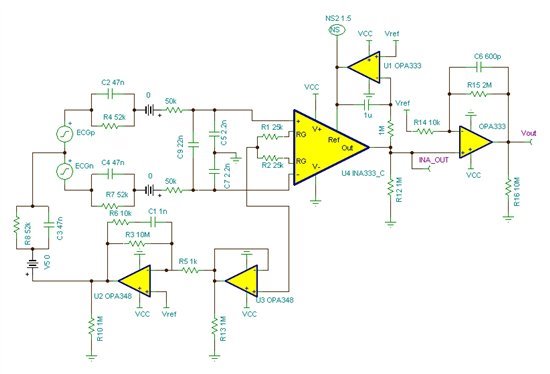Hi all. I'm analyzing the following circuit and I've to establish if the INA333 is a good choice for this application, working about Error Budget Analysis. 
I have to express the errors in "parts per million". Can someone explain me the various contributions I've to insert in my calculation? In which resistor the Input Offset Current flows to create an Offset Votage?
Thanks in advance.
Regards, Vincenzo

